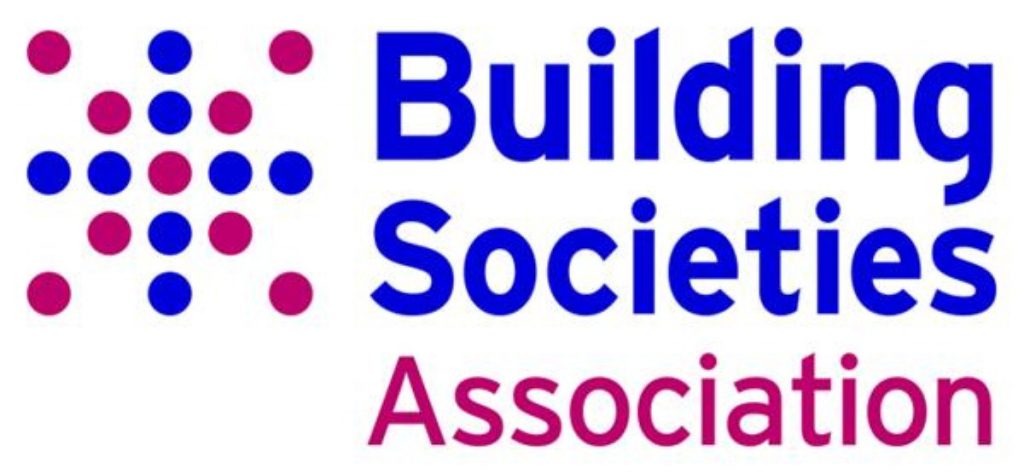BSA: Consumer confusion over Help to Buy Scheme
There is confusion over the Government’s Help to Buy: mortgage guarantee scheme, with 43% of active first time buyers and other home movers confused about the benefit the scheme will give them.
In addition, almost a third (31%) of consumers who are looking to buy or move admit they do not know whether there is a difference between a 95 per cent mortgage offered by a lender which has signed up to the scheme and a 95 per cent mortgage from a lender which hasn’t.
Results from an independent consumer survey commissioned by the Building Societies Association (BSA), show that:
18 per cent of first time buyers and 17 per cent of home movers believe that they can borrow more through this scheme than with a ‘standard’ 95 per cent loan.
12 per cent of both first time buyers and home movers believe that their monthly repayments will be lower as a result of taking a Help to Buy: mortgage guarantee loan.
One in ten first time buyers (just 5% of home movers) believe that the scheme will protect them if they cannot keep up their monthly payments.
12 per cent of first time buyers (just 6% of home movers) say that Help to Buy: mortgage guarantee will protect them if their house price falls.
24 per cent of first time buyers and 22 per cent of home movers say that they are more likely to be approved for a Help to Buy mortgage.
In fact not one of these suppositions is true. The Help to Buy: Mortgage Guarantee Scheme has been designed to encourage more lenders to lend to borrowers with small deposits, increasing the availability of this type of loan. The mortgage that an individual consumer receives and the approval process they go through, are subject to the same lending rules whether a mortgage is inside the Help to Buy scheme or not. When considering the affordability of the Help to buy: mortgage guarantee loan, until the new FCA rules related to the Mortgage Market Review come into force in April 2014 borrowers may well be subject to stricter requirements then they would be otherwise.
The introduction of and the publicity surrounding the two Help to Buy schemes has had a positive effect on consumer confidence and is likely to increase the overall volume of higher loan to value ratio lending, as some banks get back into this market. Some lenders, particularly many building societies, have consistently offered loans requiring deposits of five or 10 per cent and continue to do so outside the Help to Buy Scheme. Borrowers may find that they have a wider choice than they expected when shopping around for a low deposit loan.
Figures and chart available here.
Commenting, Paul Broadhead, BSA Head of Mortgage Policy said: “It is unsurprising that some consumers are finding the Help to Buy: Mortgage Guarantee Scheme difficult to get their heads round. The situation has been complicated by the launch of two very different schemes both called Help to Buy.
“It is essential that providers offering loans under the scheme leave applicants in no doubt about the terms of their mortgage loan. I am particularly concerned that a reasonable minority of active first time buyers believe that they can borrow more than normal and that they are in some way protected – neither assumption is true. In fact a 95% mortgage through Help to Buy: mortgage guarantee is exactly the same as a standard 95% mortgage. It is vital that these myths are dispelled at application to prevent the possibility of consumers misunderstanding their mortgage loan and later feeling misled.”
-Ends-
CONTACT
Hilary McVitty
Head of External Affairs
020 7520 5926
Victoria Bamber
Press & Publications Officer
020 7529 5927
Notes for Editors
Figures
25 mutual lenders are offering 95% plus LTV mortgages out of a total of 41 lenders operating in this space.
A number of building societies also offer 100% parent-assisted mortgages
Building societies and other mutual lenders have accounted for all the growth in lending in the UK so far this year – net lending for the mutual sector in the first nine months was £9.7 billion compared to the total market net lending of £6.8 billion over the same period.
Around one in every three loans from a mutual in 2013 has been to a first time buyer – a total of 61,000 loans of which 29% (17,500) were made to borrowers with a deposit of 10% or less.
Total gross lending for the first nine months of 2013 for mutuals was up by 32% on the same period in 2012.
Around a third of mutual lenders make use of mortgage indemnity guarantees, offering them similar protection to the Help to Buy: mortgage guarantee scheme.
Survey details
Survey commissioned by the Building Societies Association and conducted by Canadean Consumer
Total sample size October 2013 was 2,000 adults. Fieldwork was undertaken between 18 and 21 October 2013. The survey was carried out online.
First time buyers are respondents who said that they were currently looking to buy a property but had not owned property before, home movers are respondents who said that they were currently looking to buy a property and had owned property before.
The BSA represents mutual lenders and deposit takers in the UK, including all 45 building societies. Mutual lenders and deposit takers have total assets of over £375 billion and, together with their subsidiaries, hold residential mortgages of £245 billion, 20% of the total outstanding in the UK. They hold more than £250 billion of retail deposits, accounting for 22% of all such deposits in the UK. Mutual deposit takers account for 31% of cash ISA balances. They employ approximately 50,000 full and part-time staff and operate through approximately 2,000 branches.
Photographs of Paul Broadhead are available from the BSA press office, or from the BSA website at www.bsa.org.uk or Headlinemoney www.headlinemoney.co.uk.





-01.png)